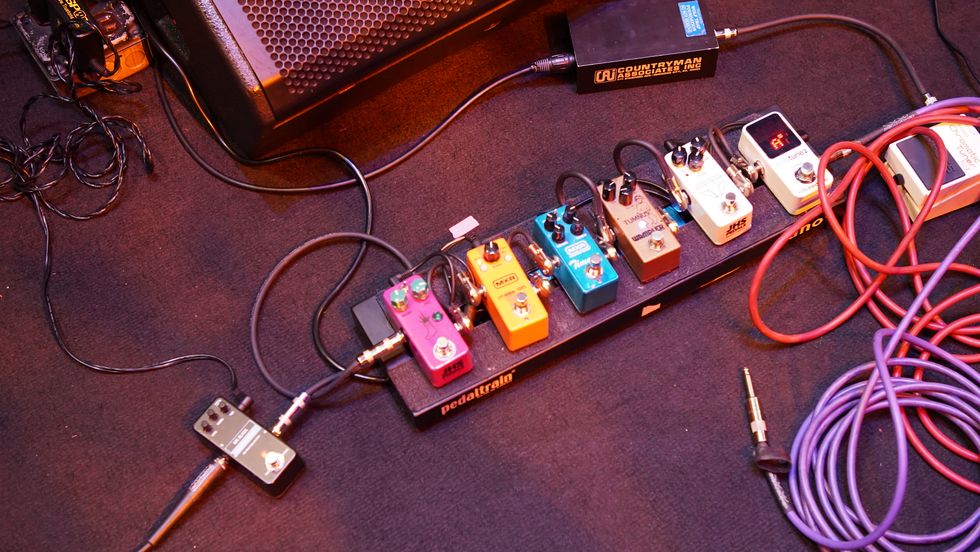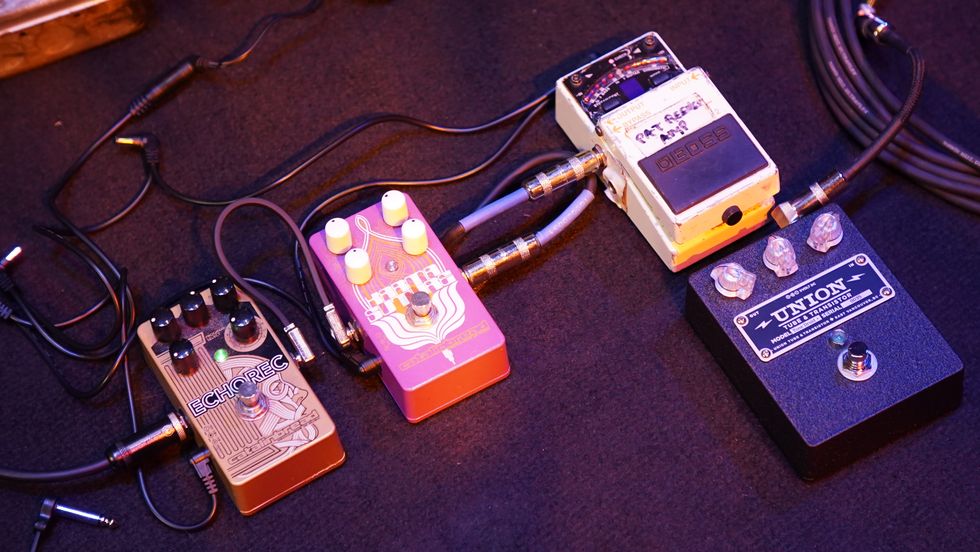 We started discussing pot tapers last month, and we’ll discuss that a little more this month, but first we’ll have a look under the hood, so to speak, at a pot’s innards. You’ll recall that a pot is a variable resistor but you may wonder how the amount of resistance is varied. You’re in luck my friend, because I’ve been busy drawing pictures. Let’s have a look at an illustration showing a typical pot on the left and one with the cover removed on the right.
We started discussing pot tapers last month, and we’ll discuss that a little more this month, but first we’ll have a look under the hood, so to speak, at a pot’s innards. You’ll recall that a pot is a variable resistor but you may wonder how the amount of resistance is varied. You’re in luck my friend, because I’ve been busy drawing pictures. Let’s have a look at an illustration showing a typical pot on the left and one with the cover removed on the right. You can see that the two outer solder lugs are connected by a ring-shaped strip of carbon (dark grey), while the center lug is isolated from them. The carbon strip acts as the resistor, and if you read between the two outer lugs with a meter, you’ll read the full value of the pot plus/minus its tolerance. So measuring a 500k pot with a 10 percent tolerance would give you a reading of somewhere between 450k and 550k.
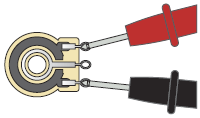 | |
|
You can see the consequence of rotating the shaft below; the signal path (shown as a red line) passes through more or less of the carbon resistor, depending on the shaft’s position.
 | |
|
Consider the experience of a hypothetical guitar-playing friend named Bob, who has recently been surprised to discover that a 10-watt amp is pretty loud. Having reveled in the prodigious volume of his 100-watt amp, but having also alienated his family and the neighbors, Bob decided to buy a 10-watt amp, thinking that it would be only one tenth as loud and thus would be a great practice amp. The surprise came when he discovered that the 10-watt amp was roughly half as loud as the 100-watt amp. Run through his trusty 4x12 cabinet, the 10-watt amp continued to alienate his family until they would no longer allow Bob to dine with them.
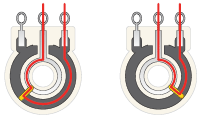 | |
|
Because humans perceive volume changes in a logarithmic way, a tenfold increase in power (watts) equals roughly twice the volume to human ears. It follows then that a 1-watt amp would be half as loud as a 10-watt amp and a quarter as loud as a 100- watt amp. It probably seems fantastic (read: impossible) that a 1-watt amp would be a quarter as loud as a 100-watt amp, but it’s true nonetheless, with the caveat that this is all theoretical; in the real world there are other mitigating factors that impose themselves into the equation. Still, plug into the average 18-watt amp and you’ll find that it’s completely capable of producing big volume, despite its diminutive output.
Such is the surprising power of exponents.
Next month, we’ll look at some illustrations that will show the difference between an audio taper pot and a linear taper one. I’ll get busy drawing.
George Ellison
Founder, Acme Guitar Works
acmeguitarworks.com
george@acmeguitarworks.com
772-770-1919




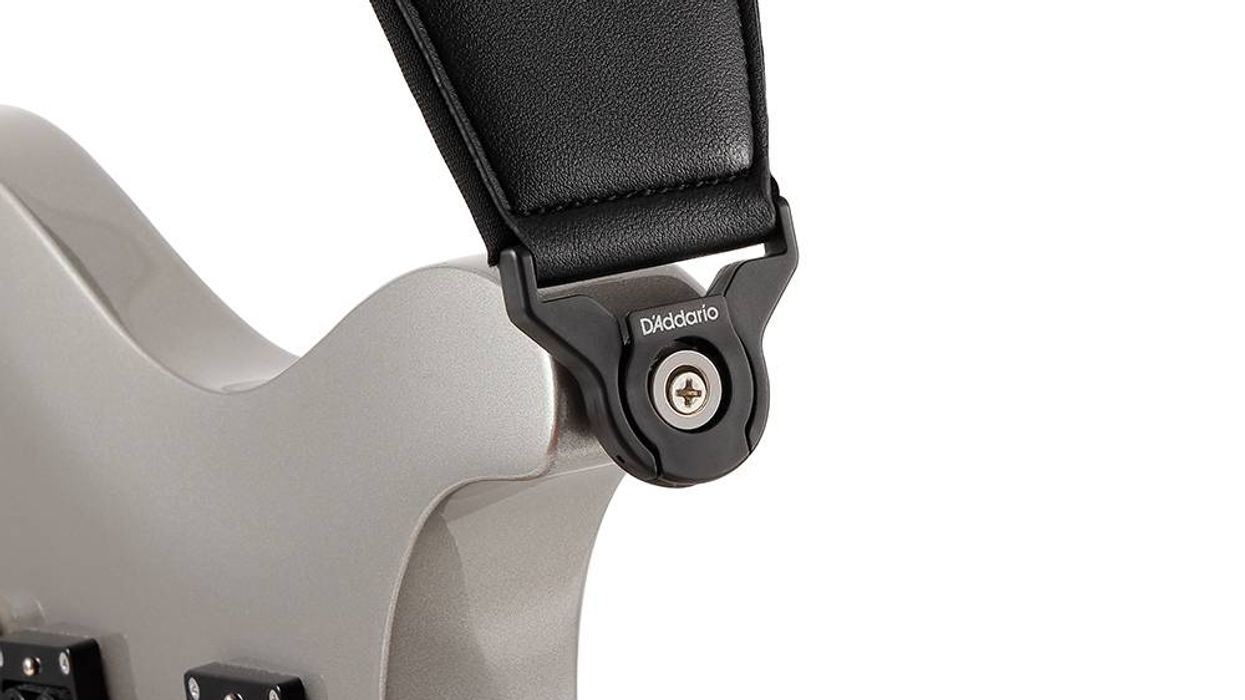






![Rig Rundown: AFI [2025]](https://www.premierguitar.com/media-library/youtube.jpg?id=62064741&width=1245&height=700&quality=70&coordinates=0%2C0%2C0%2C0)


